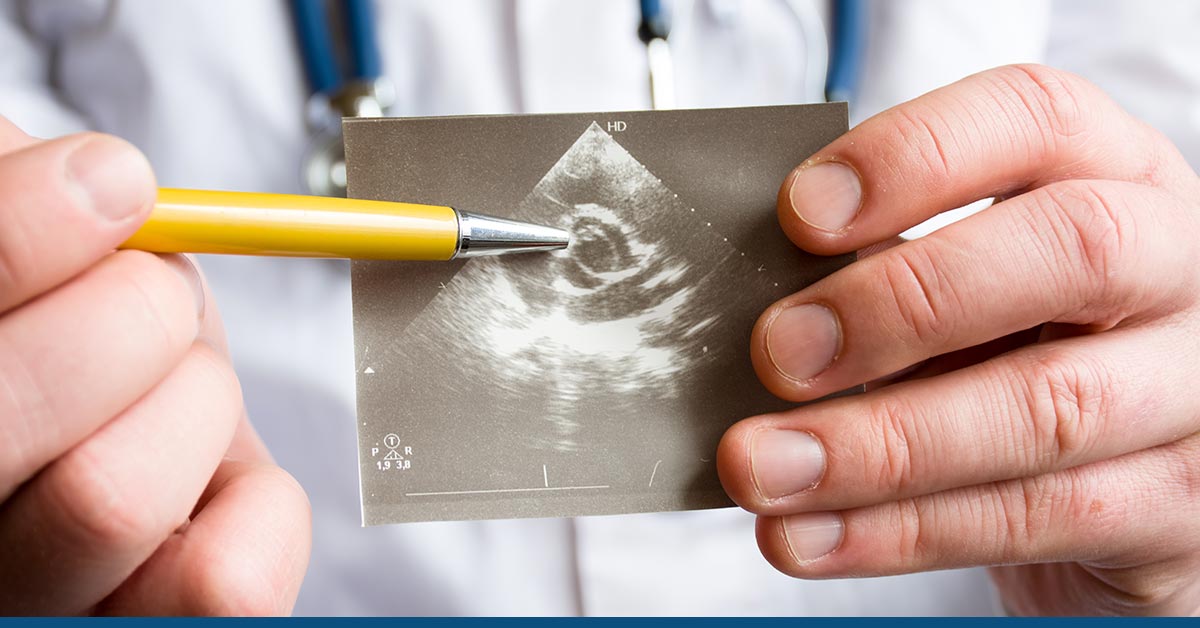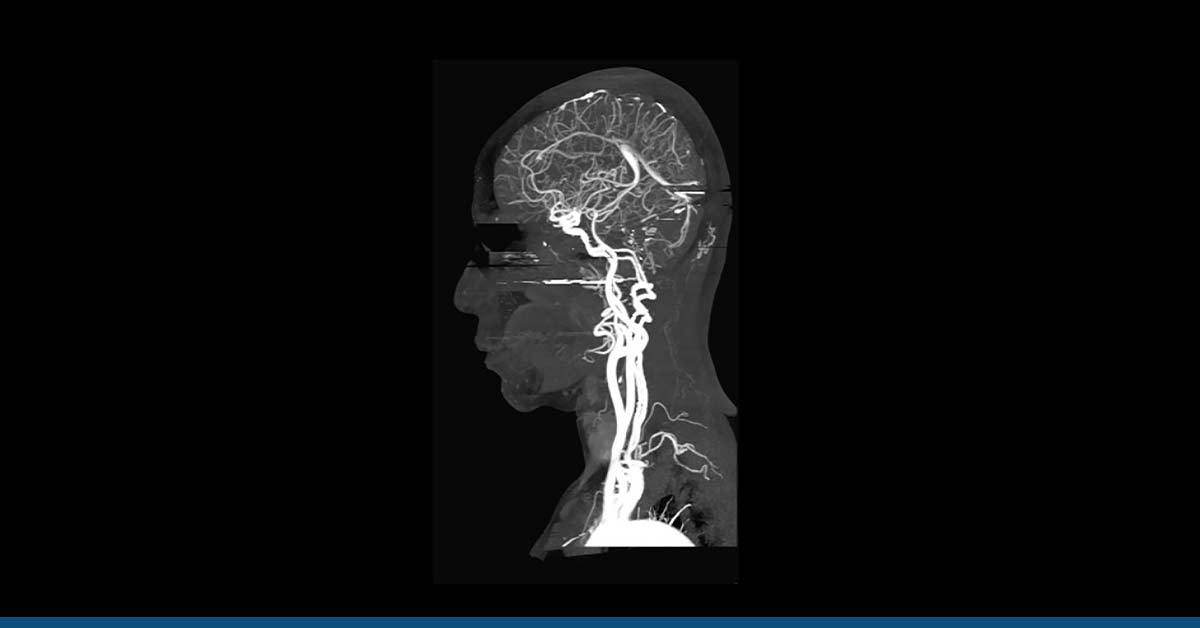Pulmonary atresia is a congenital heart condition that affects the pulmonary valve, which controls blood flow from the heart to the lungs. It is a rare condition that occurs in almost 1 out of every 10,000 babies born.
In pulmonary valve atresia, the pulmonary valve does not form properly during fetal development, resulting in a blocked or missing valve.
As a result, the heart may have to work harder in pumping the blood because blood cannot flow from the heart to the lungs.
The severity of pulmonary atresia can vary depending on the degree of valve blockage. In some cases, the valve may be completely blocked, while in others, it may be partially blocked. Other heart defects, such as a hole in the heart or an underdeveloped right ventricle, may also accompany the condition.
Symptoms of pulmonary atresia may include bluish skin, lips, or nails due to a lack of oxygen in the bloodstream, rapid breathing, and poor feeding. Infants with this condition may also experience fatigue and poor growth.
Treatment for pulmonary atresia typically involves surgery to repair or replace the faulty valve. In some cases, a temporary shunt may be inserted to improve blood flow to the lungs before surgery is performed. The type of surgery will depend on the severity of the valve blockage and any associated heart defects.
After surgery, infants with pulmonary atresia may require ongoing medical care and monitoring to ensure that their heart function is normal and to prevent any complications.
Many infants with pulmonary valve atresia can live long and healthy lives with a timely diagnosis, appropriate treatment, and care. However, the outlook depends on the severity of the condition and any associated heart defects.
The pulmonary atresia survival rate can vary depending on different factors, such as the severity of the condition, the presence of other associated heart defects, and the age at which the diagnosis is made. The pulmonary atresia survival rate has generally improved in recent years due to advances in medical and surgical treatments.
Table of Contents
ToggleCase Study of Congenital Pulmonary Atresia
Congenital pulmonary atresia is a rare heart condition that affects the pulmonary valve, responsible for controlling the blood flow from the heart to the lungs. CPA prevents the heart from pumping blood to the lungs, leading to insufficient oxygen in the bloodstream.
One such case involves a couple, Anna and John, who were excited to welcome their first child. Anna had an uneventful pregnancy and gave birth to a healthy baby boy named Jack. However, during the routine medical examination, the doctor noticed that Jack had a bluish tinge to his skin, and his oxygen saturation levels were very low.
Further tests revealed that Jack had congenital pulmonary valve atresia, a condition that had gone undetected during the prenatal checkups. The diagnosis came as a shock to Anna and John, who were devastated by the news. They were worried about the well-being of their child and the future implications of this condition.
The doctors immediately started Jack on medication to stabilize his condition and prepare him for surgery. Jack was only a few weeks old when he underwent surgery to repair the pulmonary valve. The procedure was successful, and Jack’s oxygen levels improved significantly. The doctors were optimistic that he would make a full recovery.
However, the road to recovery was difficult for Jack and his parents. Anna and John had to spend several days in the hospital, watching their baby boy struggle through his recovery. They were constantly worried about his health and the long-term effects of the condition. The stress and anxiety were overwhelming for the new parents.
After a few weeks, Jack was finally allowed to go home. He was still weak and needed frequent checkups with his doctor to monitor his progress. His parents were relieved to have him home, but they had to be extremely cautious about his health. They had to make sure he received proper nutrition and avoided any infections.
As Jack grew older, his health improved significantly. He had to go for regular checkups and take medication, but he was an active and happy toddler. His parents were thrilled to see him grow and thrive despite his condition. With time, they became more confident about his future and were grateful for the timely diagnosis and treatment that had saved their son’s life.
Diagnostic Tests for Pulmonary Amnesia
Echocardiogram:
This non-invasive imaging test uses sound waves to create images of the heart. It can show the heart’s structure, the blood flow through the heart, and any abnormalities in its anatomy or function.
Chest X-ray:
This imaging test can show the size and shape of the heart and lungs and help detect any structural abnormalities.
Cardiac catheterization:
This is an invasive test in which a thin, flexible tube called a catheter is inserted into a blood vessel in the groin and threaded up to the heart. This allows doctors to measure blood pressure and oxygen levels in different parts of the heart and perform procedures such as balloon dilation or stent placement.
Magnetic resonance imaging (MRI):
This non-invasive imaging test uses a powerful magnetic field and radio waves to create detailed heart and blood vessel images. It can provide information about the structure and function of the heart, as well as the blood flow through the heart and lungs.
Computed tomography (CT) scan:
This imaging test uses X-rays and computer technology to create detailed images of the heart and lungs. It can provide information about the structure and function of the heart, as well as the blood flow through the heart and lungs.
Electrocardiogram (ECG):
This test measures the heart’s electrical activity and can detect abnormalities in the heart’s rhythm or function.
Pulse oximetry:
This is a non-invasive test that measures the oxygen level in the blood. It can help detect blood oxygen levels related to congenital pulmonary atresia (CPA) abnormalities.
Conclusion
In conclusion, congenital pulmonary valve atresia can be a challenging condition for both the child and the parents. However, with proper diagnosis and timely treatment, children can recover and live healthy lives.
Parents must seek medical attention if they notice any unusual symptoms in their newborns, as early detection can make a significant difference in the outcome of this condition.
You can contact HG Analytics to know about the available diagnostic tests for heart diseases. And remember, health always comes first.





